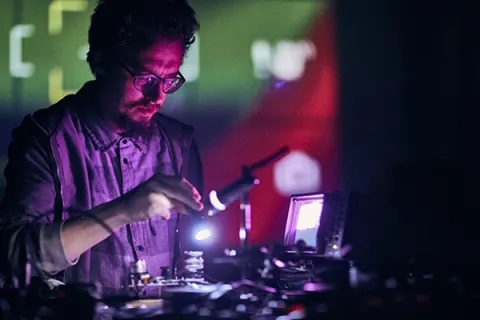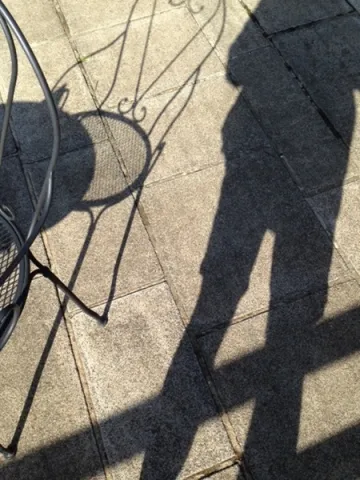About the project
Outer Space provides critical socioeconomic benefit and irreplaceable cultural value but is under threat from exponentially growing satellite and space debris populations. This project focuses on the cultural evaluation and measuring of space sustainability and such detailed aspects as the technically central term of “orbital carrying capacity”.
The space object population is reaching a tipping point, putting at risk our fundamental socioeconomic systems (Interconnected Disaster Risks, 2023) and degrading the quality of our shared night sky. As the space object population approaches this critical threshold, vital systems and infrastructures will become fragile, and astronomical observations, cultural experiences and practices dependent on dark and quiet skies will be damaged, unless resilience can be restored. Addressing these issues requires a truly interdisciplinary approach, merging humanities, social sciences, physical sciences, and engineering to realise sustainable use and exploration of outer space.
This project focuses on the cultural evaluation of space sustainability and such detailed aspects as the technically central term of “orbital carrying capacity”. Ostensibly, orbital carrying capacity is a simple index used to portray space sustainability. As such, it has value for policymakers and regulators who wish to simplify their processes and base them upon an objective and consistent measure of humanity’s use and exploration of outer space. However, current approaches for measuring orbital carrying capacity marginalise or even neglect cultural perspectives and the impacts of outer space activities on ecological systems. This is particularly apparent in the context of dark skies. Hence, this project will aim to deliver a solution arising from studies of resilience with technical and cultural perspectives, developing a broader interdisciplinary approach in which the scientific and engineering concerns of space sustainability can be addressed.
Research Groups involved:



